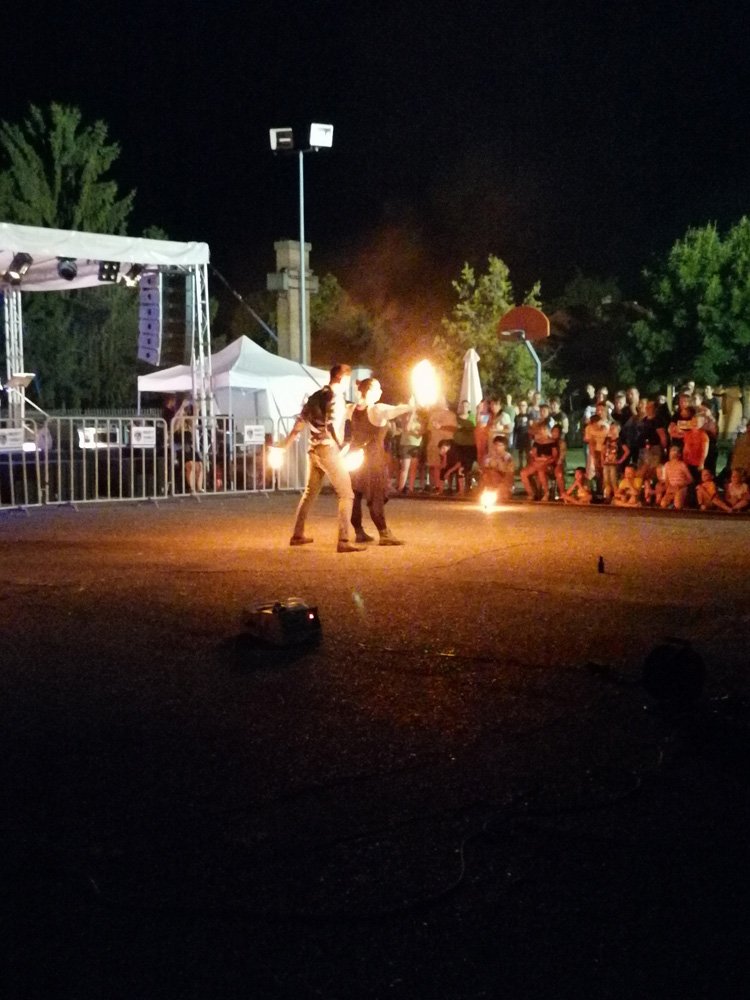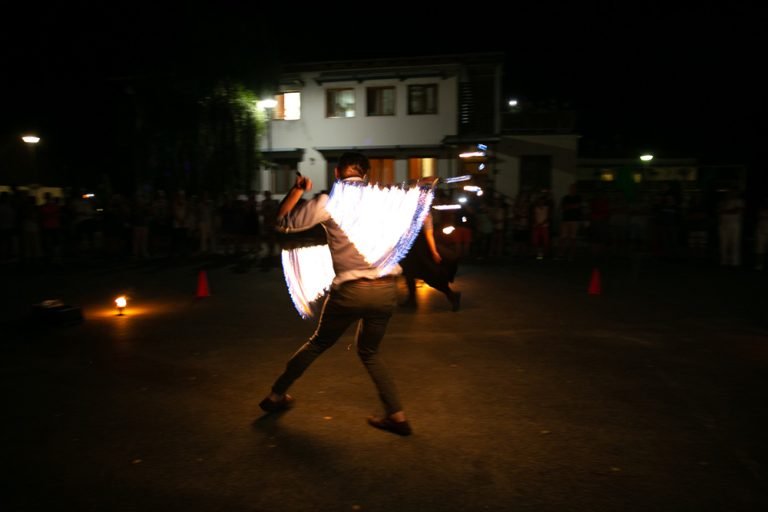Fire performance is a breathtaking art form that fuses danger with grace—but with great spectacle comes great responsibility. Whether you’re a seasoned performer or just beginning your journey into fire dancing, one thing is non-negotiable: safety must always come first. In this comprehensive guide, we outline the most critical fire safety precautions for performers to ensure that every show is both spectacular and incident-free.
Use Proper Safety Equipment
Every fire performer should begin with the right gear. Safety starts with personal protective equipment (PPE) that minimizes the risk of burns, exposure, and injury. Essential items include:
- Fire-resistant clothing: Made from natural fibers like cotton or Kevlar, these garments help prevent ignition.
- Safety gloves: Protect hands when handling hot props or during emergency situations.
- Goggles or protective eyewear: Shield eyes from accidental splashes or stray sparks.
- Fire blanket and extinguisher: These should be within arm’s reach at all times and easily accessible.
According to industry standards, having at least one dedicated safety person per performance is highly recommended, especially in public or high-risk environments.
Inspect Tools and Equipment Before Every Performance
Equipment failure is one of the most common causes of accidents in fire performance. Before stepping into the spotlight, conduct a thorough inspection of all props:
- Check for wear and tear: Fraying wicks, damaged handles, or loose screws can compromise safety.
- Secure all connections: Ensure all moving parts are tightened and functioning as intended.
- Fuel container inspection: Verify there are no leaks and that lids are secure and properly labeled.
It’s a good practice to maintain a logbook of prop inspections and retire equipment that no longer meets safety standards.
Practice Proper Fuel Handling Procedures
Fuel is the literal lifeblood of fire performance—and mishandling it can be catastrophic. To ensure safe fuel practices:
- Use only approved fuels: Common choices include white gas (naphtha) or lamp oil, never gasoline or other high-volatility fuels.
- Store safely: Keep fuel containers away from the performance area and in a cool, ventilated location.
- Designate a refueling zone: Fuel up at a safe distance from open flames, audience, and other performers.
- Label containers clearly: This prevents confusion and accidental misuse during performances.
“Treat fuel like fire in liquid form—handle with precision, respect, and strict protocol every single time.”
Maintain a Safe and Controlled Performance Area
The environment in which you perform plays a crucial role in safety. A well-managed performance area reduces risk and allows for quick response in case of emergency:
- Clear flammable materials: Remove dry grass, paper, alcohol-based decorations, or any fire hazards from the area.
- Establish boundaries: Rope off a safe distance between performers and the audience.
- Use a designated safety spotter: This individual monitors the performance with safety equipment ready in hand.
- Plan escape routes: Ensure both performer and audience have a clear path away from the performance space.
If performing indoors, make sure the venue has working fire alarms, sprinklers, and that you have clearance from local authorities or fire marshals.
Stay Hydrated, Grounded, and Mentally Focused
Fire performance is physically and mentally demanding. A lapse in concentration—even for a moment—can lead to injury. Performers should:
- Hydrate regularly: Heat stress and dehydration increase the likelihood of dizziness and impaired judgment.
- Rest before performing: Fatigue can dull reflexes and reaction times, especially during complex choreography.
- Avoid alcohol and substances: These can severely impair coordination and judgment when working with fire.
- Maintain mental focus: Stay calm, alert, and aware of your surroundings throughout the performance.
“Mental clarity is your most powerful safety tool—perform with mindfulness and purpose every time you light up.”
Additional Best Practices for Fire Safety
For enhanced safety and professional standards, consider integrating the following practices into your fire performance routine:
- Develop a safety checklist: Use it before each performance to verify all gear, fuel, and environment protocols.
- Train regularly: Attend certified fire safety workshops and first aid courses tailored to performers.
- Know local laws: Be aware of local fire regulations, permits required, and performance restrictions.
- Have an emergency plan: Ensure all crew members are briefed on evacuation procedures and fire response strategies.
Conclusion: Make Safety the Star of Every Show
Fire performance is a powerful blend of danger and beauty—but it’s only truly magical when executed safely. By following the essential precautions outlined above, fire performers can minimize risk and maximize artistry. Whether you’re a solo artist or part of a troupe, always remember: safety is what allows your art to shine.
Looking to hire professional, safety-certified fire performers for your next event? Contact us today to bring the heat—safely and spectacularly.




